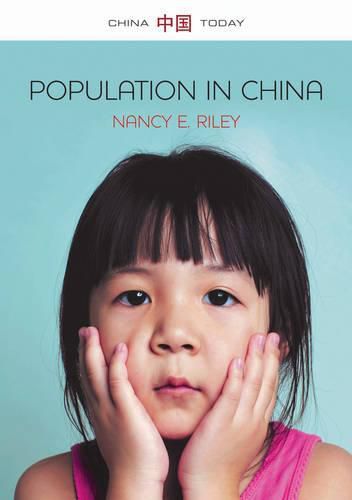Readings Newsletter
Become a Readings Member to make your shopping experience even easier.
Sign in or sign up for free!
You’re not far away from qualifying for FREE standard shipping within Australia
You’ve qualified for FREE standard shipping within Australia
The cart is loading…






China is home to a fifth of the worldAs inhabitants. For the last several decades, this huge population has been in flux: fertility has fallen sharply, mortality has declined, and massive rural-to-urban migration is taking place. The state has played a direct role in these changes, seeing population control as an important part of its intention to modernize the country.
In this insightful new work, Nancy E. Riley argues that ChinaAs population policies and outcomes are not simply imposed by the state onto an unresponsive citizenry, but have arisen from the social organization of China over the past sixty years. Riley demonstrates how ChinaAs population and population policy are intertwined and interact with other social and economic features. Riley also examines the unintended consequences of state directives, including the extraordinary number of Amissing girls,A the rapid aging of the population, and an increase in inequality, particularly between rural and urban residents.
Ultimately, ChinaAs demographic story has to be understood as a complex, multi-pieced phenomenon. This book will be essential reading for researchers and students of China and social demography, as well as non-specialists interested in the changing nature of ChinaAs population.
$9.00 standard shipping within Australia
FREE standard shipping within Australia for orders over $100.00
Express & International shipping calculated at checkout
China is home to a fifth of the worldAs inhabitants. For the last several decades, this huge population has been in flux: fertility has fallen sharply, mortality has declined, and massive rural-to-urban migration is taking place. The state has played a direct role in these changes, seeing population control as an important part of its intention to modernize the country.
In this insightful new work, Nancy E. Riley argues that ChinaAs population policies and outcomes are not simply imposed by the state onto an unresponsive citizenry, but have arisen from the social organization of China over the past sixty years. Riley demonstrates how ChinaAs population and population policy are intertwined and interact with other social and economic features. Riley also examines the unintended consequences of state directives, including the extraordinary number of Amissing girls,A the rapid aging of the population, and an increase in inequality, particularly between rural and urban residents.
Ultimately, ChinaAs demographic story has to be understood as a complex, multi-pieced phenomenon. This book will be essential reading for researchers and students of China and social demography, as well as non-specialists interested in the changing nature of ChinaAs population.